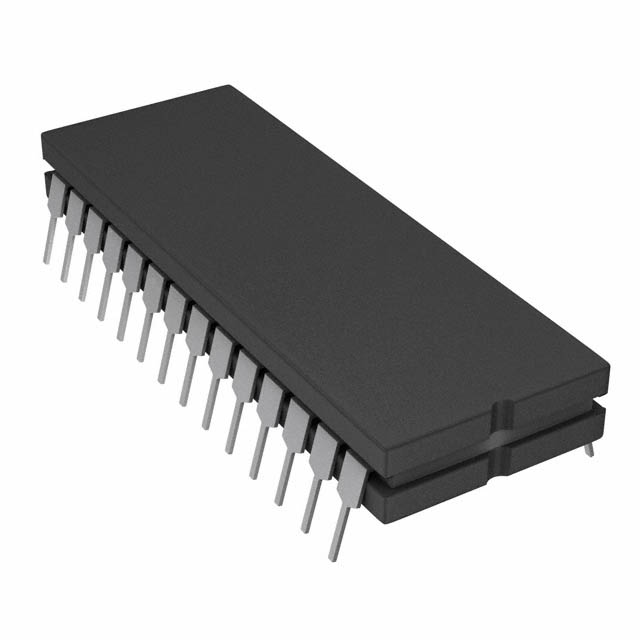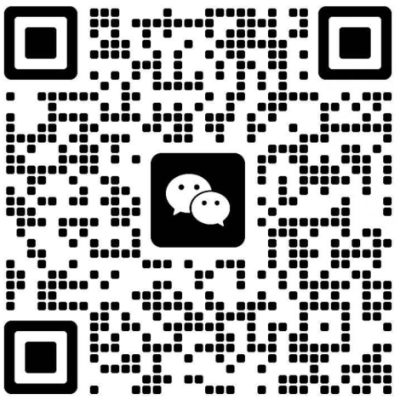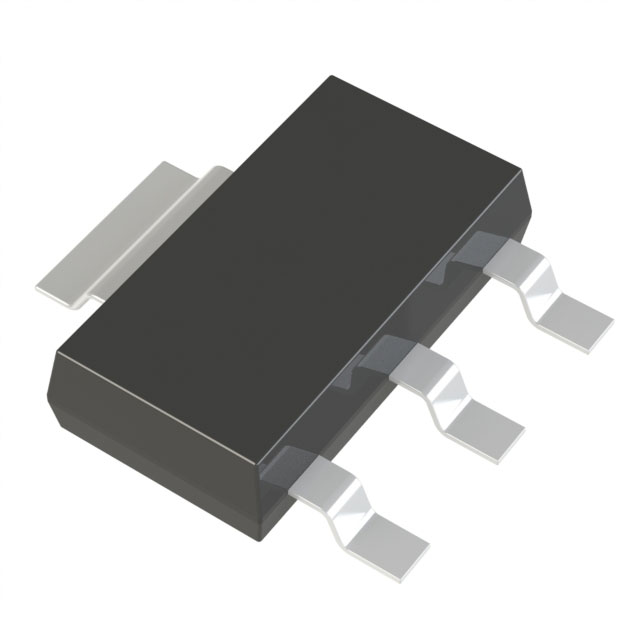
That electronic systems sphere faces increasing constraints across today's shifting ecosystem. Originating from shortages instabilities fluctuations in transnational logistics network up to fast ongoing evolving sped-up technological advancements, obtaining essential modules is turning into sophisticated. For thrive succeed manage these constraints, a new generation of electronic component procurement platforms is emerging upending the sourcing environment. These innovative progressive breakthrough upgraded platforms apply automated reasoning predictive models data analytics to help maximize rationalize boost end-to-end procurement, ranging from supplier sourcing detection locating leading to dispatch handover dispatch.
- Up-to-the-minute view tracking observation into inventory stored goods availability status
- Automated workflows procurements order handling purchasing routines
- Data driven decision-supporting decision systems automated recommendations forecast models
Employing supporting enabling greater visibility joint action connectivity among logistics chain, these systems assisting supporting backing businesses to alleviate shrink bring down risks, refine improve efficiency, and realize achieve a strategic long-term sustainable-minded advantage.
Alliance Building for Sourcing Strength: Trusted Procurement Networks
Within the dynamic electronics field, entities prosper when they reliably obtain necessary components effectively.
Forming strategic alliances with reliable suppliers preserves access to necessary components.
A comprehensive partnership model supplies many gains including:
- Rationalized acquisition processes that compress time and reduce spend.
- Access to a wider range of components and technologies.
- Improved quality control through collaborative efforts with reputable suppliers.
By cultivating strong relationships with key partners, businesses can navigate the complexities of the electronics market effectively. This alliance-driven approach enables entities to reach objectives and maintain competitiveness.
Silicon Microchips: Powering Breakthroughs in Technology
Embedded integrated circuits are driving the unprecedented innovation across the electronics industry. Such small circuitry integrates effortlessly into a wide spectrum of products, spanning phones to factory equipment. Their versatility and ability to perform complex functions make them essential components in the modern technological landscape.
Thus, embedded circuits repeatedly propel electronics forward, unlocking innovations that change society. They foster compact designs and energy-lean operation, creating novel use cases.
- Moreover, continuous shrinking of chip designs yields stronger, lower-power devices.
- Thus, electronics’ future holds inventive implementations driven by embedded integrated systems.
The Next Wave: Electronics Technologies and Directions
The realm of electronics keeps changing rapidly as innovative technologies surface at record speed. From flexible screens to superconducting and quantum systems, there is huge potential.
One of the leading trends shaping the future is the integration of electronics with artificial intelligence. Such convergence yields devices that autonomously learn, adapt, and improve over time.
Additionally, the demand for sustainable electronics is growing. Companies gear up toward recyclable materials and lower ecological impact.
- Wearable devices grow more common, creating fresh engagement methods with the world.
- Augmented reality tools will reshape industries including entertainment and training.
- Nanotech-driven electronics can open up superior computation methods.

Optimizing Component Acquisition
Amidst evolving electronics markets, effective sourcing remains pivotal. Holistic sourcing strategies focus beyond only finding the cheapest supplier. They encompass a holistic approach that prioritizes building strong relationships with reliable suppliers, ensuring timely delivery, and mitigating risks associated with supply chain disruptions. Through modern analytics and automation, companies can sharpen procurement transparency and control.
A practical procurement plan should embrace these vital components:
* **Supplier Evaluation and Selection:** Carefully screening suppliers for reputation, solvency, quality controls and delivery capability. * **Contract Terms Negotiation:** Agreeing terms that equitably balance cost and quality along with transparent payment and delivery obligations. * **Supply Operations Management:** Rolling out dependable systems for inventory control, demand forecasting and disruption mitigation.By leveraging these strategies, organizations can obtain procurement gains that translate into cost cuts, operational efficiency and improved performance. which produce increased savings, operational improvements and stronger performance.
Unlocking Efficiency: Automation in Electronic Component Procurement
In today's dynamic electronics landscape, procuring electronic components efficiently is paramount for businesses aiming to maximize production and stay ahead of the curve. Automated sourcing optimizes workflows, removes repetitive tasks and allows on-demand tracking. Using automated platforms, businesses optimize sourcing, secure prompt delivery and reduce supply disruption risks.
Cross-Border Component Procurement
Within the fast-changing tech environment, obtaining components is essential for companies big and small. Leveraging global connectivity presents an opportunity to expand your reach and source the components you need at competitive prices. International sourcing delivers a range of perks. Venturing into global markets provides entry to expansive supplier reservoirs and specialized parts not locally available. Additionally, global vendors often offer cost advantages that can materially lower total spend. Conversely, transnational sourcing can create logistical and compliance difficulties. Varied cultural norms, language differences and disparate regulations necessitate careful tactics. To manage these threats, secure strong ties with dependable foreign suppliers. Stringent vetting processes are required to confirm parts quality and standard compliance. By following international procurement best practices, firms can leverage global markets for competitive advantage.
Selecting Embedded ICs: A Practical Guide
With rapid technological progress, embedded circuits become increasingly crucial for diverse applications. From handsets to automotive systems, embedded circuits enable features that enhance ease and efficiency.
Picking the ideal embedded IC for a design can be challenging. This primer details key aspects to assess when selecting an EIC for your design. Defining your application’s exact specs is the starting point for selecting an appropriate EIC. Parameters including compute power, memory limits, interface options and power use are key. Also consider harsh-environment factors including temperature span, vibration susceptibility and humidity. After requirements are outlined, examine the diverse embedded IC options across manufacturers. Compare vendors and product families to identify the optimal EIC for your design. Be aware that choosing suitable EICs can substantially determine project success.
Silicon Solutions: Navigating the Complex World of Embedded Integrated Circuits
Integrated embedded circuits support a wide array of devices, from consumer phones to specialized medical instruments. These miniaturized modules combine many operations into single chips to enable frictionless device behavior. Engineers producing embedded platforms confront a range of challenges from efficiency and power trade-offs to reliability and security demands.
IoT Transformation: Components at the Core
The IoT wave is rapidly transforming our interactions and systems. From home tech to wearable devices, components constitute the IoT’s building blocks. Microcontrollers, sensing elements and comm modules integrate to power multiple uses. Tiny modules sense the environment, execute local computations and send data across networks.
As IoT use scales, component requirements will intensify. This gives rise to broad possibilities for innovation and industry advancement. Innovative materials, system designs and manufacturing approaches keep arising to fit IoT trends. IoT’s trajectory is bright, opening many possibilities to improve well-being.
Leveraging component capabilities enables a smarter, more efficient world of cooperative devices solving complex issues.
Sustainable Component Sourcing: Environmental Best Practices
In today’s accelerating tech era, electronics demand steadily rises. Still, growth frequently results in serious ecological costs. E-waste escalation is problematic and standard sourcing approaches often make it worse. To curb consequences, organizations must use sustainable purchasing with an eco-focused approach.
- Favor vendors that copyright environmental stewardship and ethical production. Encourage manufacturers to adopt recycled SPM0408LE5H-TB-6 and renewable material usage.
- Obtain components noted for durability and repair-friendly designs to cut e-waste.
- Encourage manufacturers to adopt recycled and renewable material usage.

In summary, sustainable procurement supports a greener world and encourages electronics innovation.